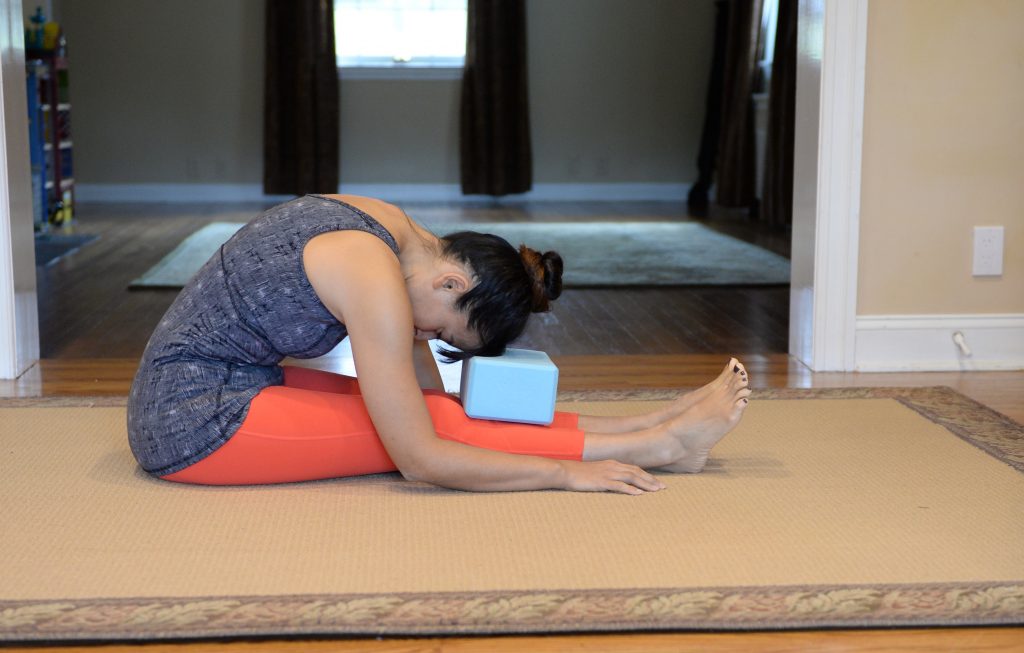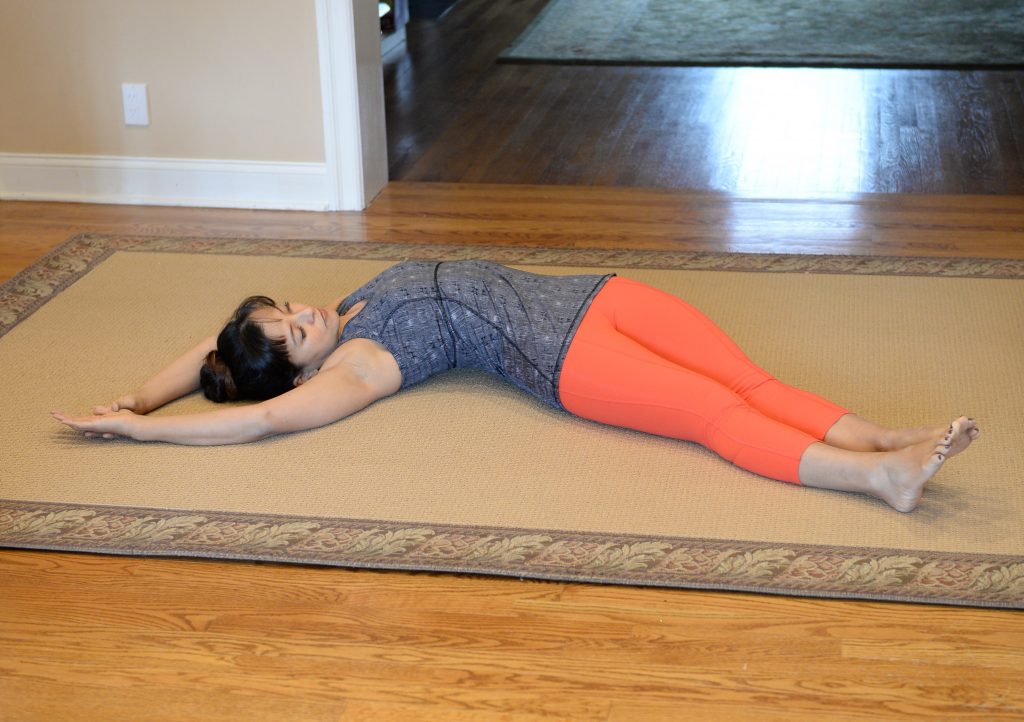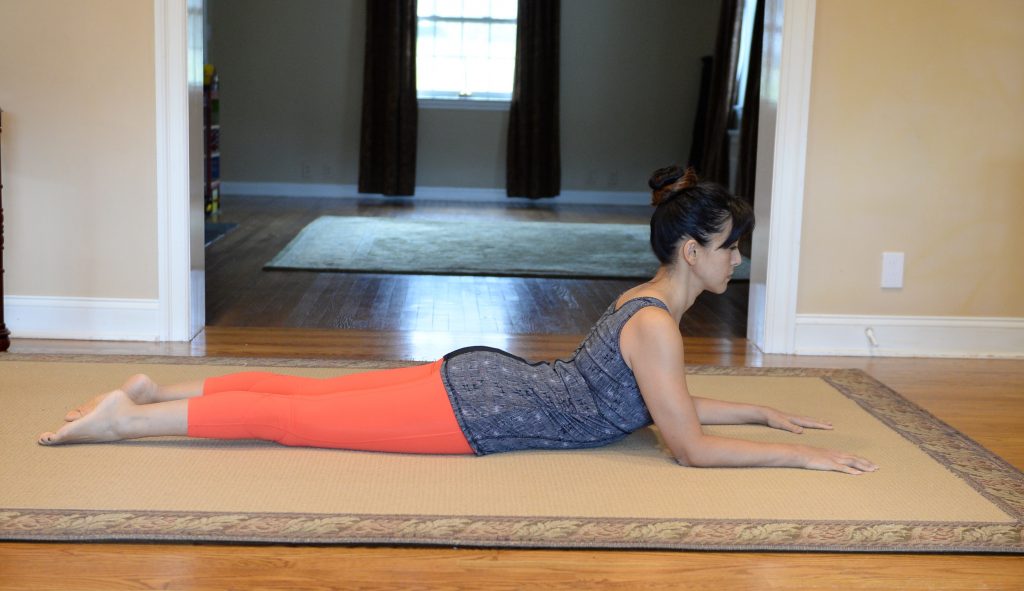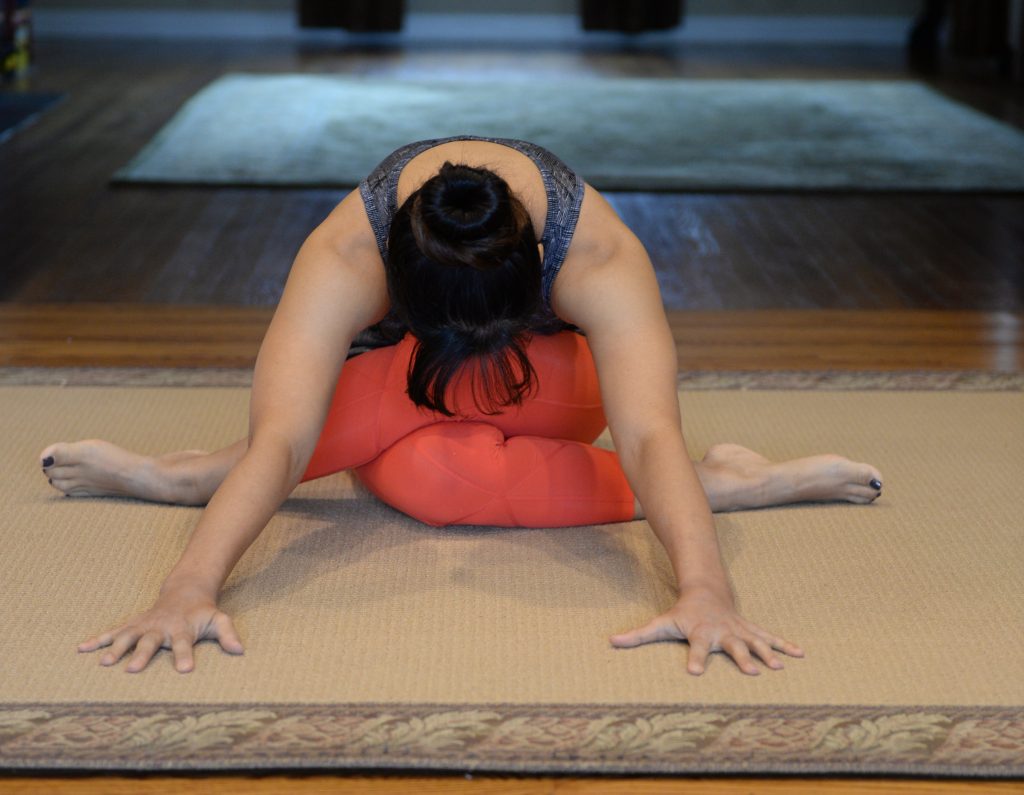For the Love of Yin
by Masumi Goldman | February 2, 2017 9:12 pm
The word “yin ” in yin yoga comes from the traditional Chinese concepts of yin and yang. Yin and yang are complementary opposites that comprise an inseparable whole—similar to a coin that has a front and a back. Yin does not exist without yang and yang does not exist without yin. If yin is feminine, then yang is masculine. If yin is expansive, then yang is contractive. If yin is cold, then yang is hot. If yin is slow, yang is fast.
In our own daily lives, many of us tend to lean toward the yang side of the spectrum: working long hours, exercising hard, and moving along dynamically in a fast-paced world. Yin yoga is an opportunity to balance some of that active yang energy by nurturing stillness in the body.
The practice of yin yoga is characterized by its long holds, and slow, meditative nature. Unlike a typical flow class that incorporates active movement to heat the body and stretch and strengthen muscles (yang tissue), yin yoga is still, cool and focuses on the fascia (yin tissue) that forms a sheath around the muscles, organs and bones in the body. Keeping the body cool prevents the muscles from taking over the practice and allows the often-ignored connective tissues to experience the gentle pressures they need to remain supple and healthy.
Yin yoga poses are usually held for 1 to 10 minutes. While you may use blocks and bolsters to support the body during these long holds, yin yoga is not meant to be a restorative yoga practice. The goal in each yin pose is to listen to the body and find stillness at the point where there is significant sensation but not pain. The body should feel like it’s doing work, but that work should not cause suffering. Yin yoga hovers on the edge between comfort and discomfort. Feel free to move deeper into each pose as your edge moves. If you sense that you have pushed past your edge, you may also need to pull back a bit by decreasing the intensity of the pose.
Show your body some love, and slow down the pace of your life with this 25-minute yin sequence today. If you can spare the extra time, perform a 1-minute counterpose in between each yin posture. A counterpose can be anything that feels right for your body— a gentle backbend, lying flat on your back, or sitting with knees bent, soles of feet on the floor and dropping the knees from side to side like windshield wipers. Use this time during the counterpose to observe the body.
Caterpillar

Hold Time: 3 minutes
Sit with both legs extended in front of you. Fold forward, allowing the back to round. Although this pose may resemble Paschimottanasana, which is an active stretch of the hamstrings, the primary goal of this yin pose is to stress the ligaments of the back. Relax the feet, bend the knees if necessary, and use a block to support the weight of the head.
Bananasana

Hold Time: 4 minutes per side
Lie down and extend your arms over your head and onto the floor behind you. Clasp hands together or hold opposite elbows. Walk your feet to the right, and then move your arms to the right until your body resembles the shape of a banana. This is a great side-body stretch that also works the spine. Remember to practice both sides of the body.
Sphinx

Hold Time: 4 minutes
Stimulate the chest and back with Sphinx pose. Lie onto your belly and prop yourself up onto forearms. If the sensation is too intense, move the elbows further away from the body to reduce the backbend. Feel free to relax the neck by either dropping the head forward or dropping the head back.
Shoelace

Hold Time: 5 minutes per side
Come onto hands and knees and step the right knee behind the left knee. Separate the feet, and then sit back between the heels. Sit upright for less intensity in the outer hips, or fold forward for more intensity. Repeat the pose, stepping the left knee behind the right knee.
Source URL: https://yogadigest.com/for-the-love-of-yin/